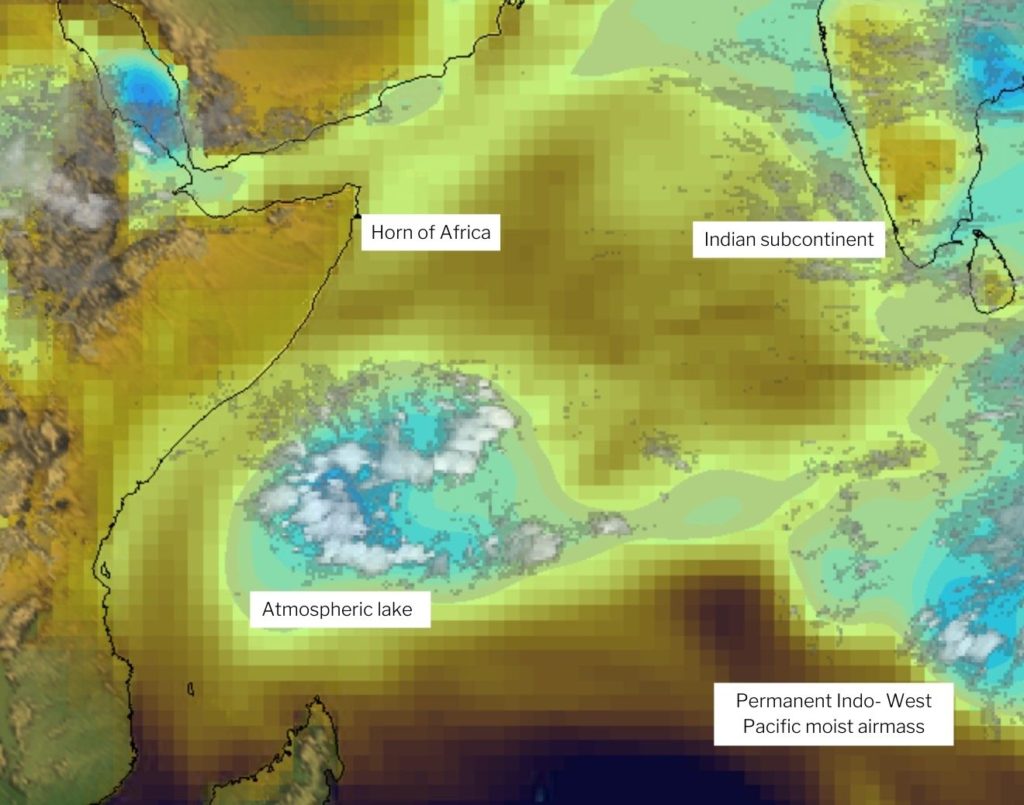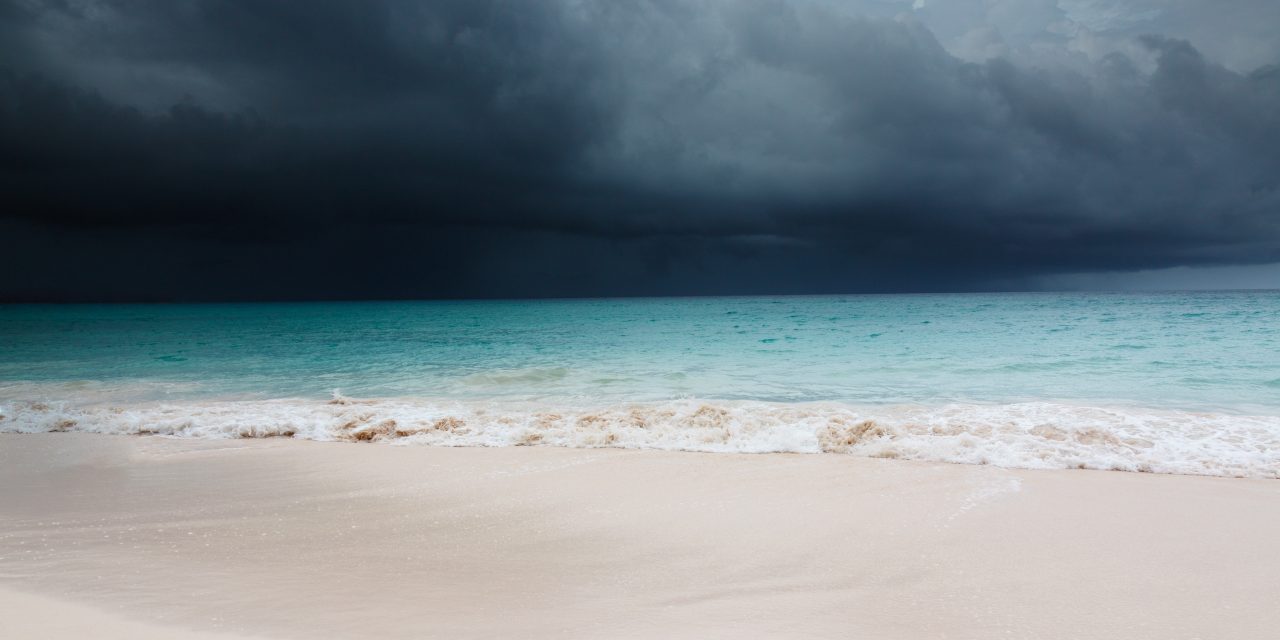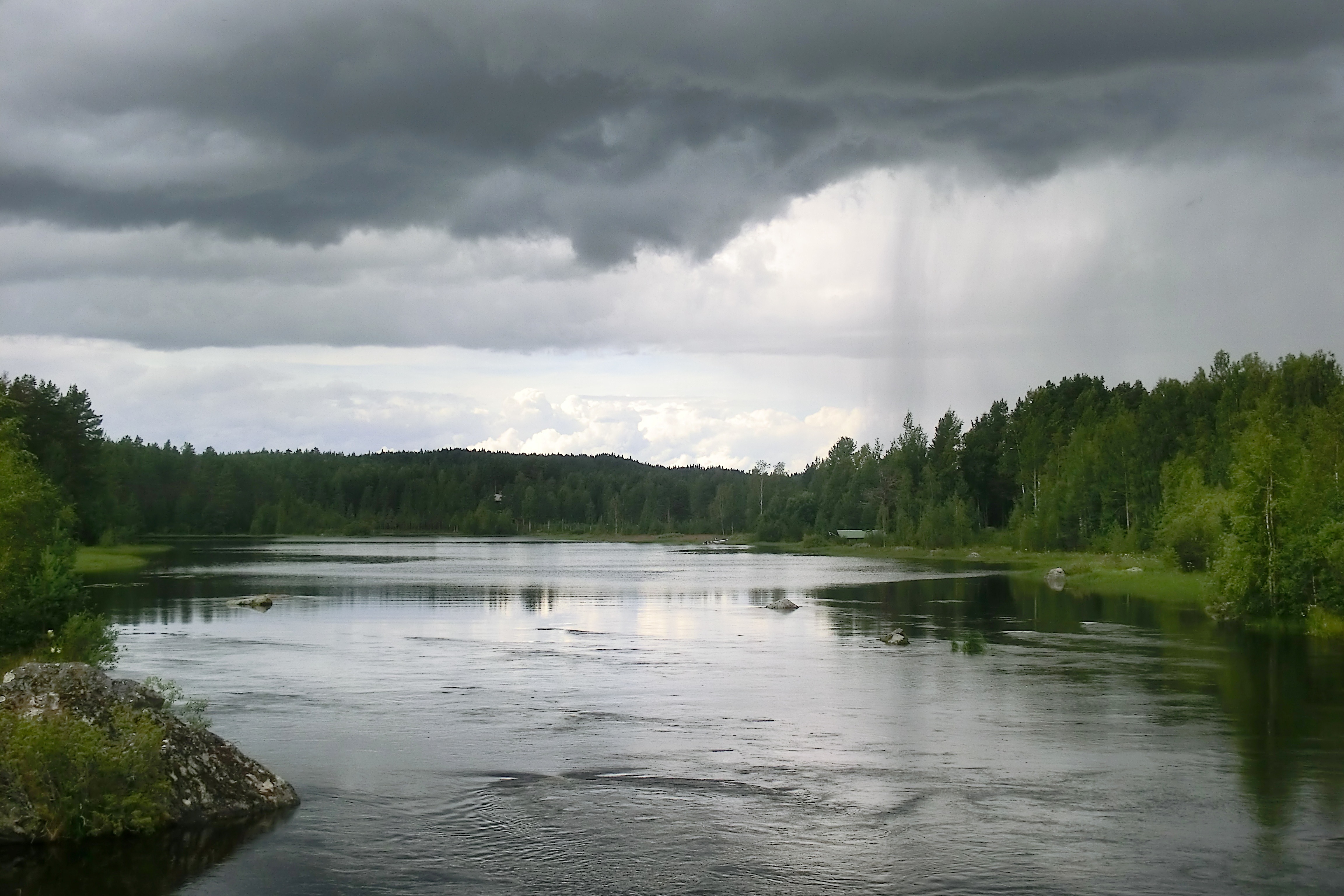Since they were first described in the early 1990s, atmospheric rivers — long, narrow columns of densely concentrated water vapor known to deliver extreme amounts of precipitation — have developed from a fringe concept into a commonly understood meteorological phenomenon. In December, University of Miami (Florida) atmospheric scientist Brian Mapes first described a newly discovered relative of the atmospheric river: the atmospheric lake.
Like atmospheric rivers, atmospheric lakes form when weather systems move the warm, vapor-rich air from tropical regions across long distances. When the dense mass of tropical air makes landfall in drier areas, it rises into the upper troposphere, rapidly cooling the stored water vapor and releasing it as precipitation. Depending on where they land and the amount of water vapor they convey, these events can either serve as a vital source of water to stave off drought, or as the source of costly and dangerous flooding.
Unlike atmospheric rivers, however, which take their name from their fast movement and tendency to form a thin, connected path from their source to their destination, atmospheric lakes are far slower, wider, and tend to separate from their source to form a measurably distinct pool of vapor in the atmosphere. Mapes, after identifying several instances in satellite imagery of atmospheric lakes originating near India’s southern coast and dissipating over East Africa, recently received funding from the U.S. National Science Foundation (NSF) to address many of the lingering questions surrounding how atmospheric lakes form and behave.
Lurching Along the Equator
Mapes presented preliminary evidence during a December meeting of the American Geophysical Union (AGU; Washington, D.C.) suggests that atmospheric lakes may occur only along the equator, where wind speeds tend to be very low. Focusing on five years of satellite imagery from above the equatorial stretches of the Indian Ocean, Mapes identified 17 instances in which distinct, unconnected bodies of atmospheric water vapor traveled sluggishly westward over at least six days.

Although these 17 instances occurred in all seasons, when they arrived over the East African coast during the wet season between April and June, they routinely delivered dozens of millimeters of precipitation per hour for days at a time.
The coastal lowlands of East Africa typically receive the bulk of their annual precipitation via only a few intense, wet-season storms, which represent a critical resource for the region’s agriculture as well as water security for millions of people in the equatorial regions of Tanzania and Kenya. Because of the importance of these select storms, Mapes surmises that farmers and other locals likely recognize how and when the storms typically occur — but that they have yet to be probed in-depth by the broader scientific community.
“It’s a place that’s dry on average, so when these [atmospheric lakes] happen, they’re surely very consequential,” Mapes said in a December AGU release. “I look forward to learning more local knowledge about them, in this area with a venerable and fascinating nautical history where observant sailors coined the word ‘monsoon’ for wind patterns, and surely noticed these occasional rainstorms, too.”
Much More to Learn
One of the most significant questions still unanswered about atmospheric lakes, Mapes said, is their mode of transportation.
Atmospheric rivers typically follow the path of fast-moving wind currents, which determine their route across the ocean as well as their speed. But near the equator, wind activity tends to be negligible. That may explain why atmospheric lakes move more slowly, but not what propels them westward, or how they break off from the tropical air systems that produce them.
Additionally, Mapes described during his presentation how atmospheric lakes that drift farther than 10 degrees away from the equator typically merge with other weather systems as they reach areas where wind moves more quickly, often becoming dangerous tropical cyclones. Further research is required, he said, to determine whether this precarious path might be susceptible to the effects of climate change.
“The winds that carry these things ashore are so tantalizingly, delicately near zero [wind speed], that everything could affect them,” Mapes said. “That’s when you need to know: Do they self-propel, or are they driven by some very much larger-scale wind patterns that may change with climate change?”
Mapes is currently searching for a University of Miami PhD student to help him carry out a full study about atmospheric lakes later this year, he said.
Top image courtesy of PublicDomainPictures/Pixabay

ABOUT THE AUTHOR
Justin Jacques is editor of Stormwater Report and a staff member of the Water Environment Federation (WEF). In addition to writing for WEF’s online publications, he also contributes to Water Environment & Technology magazine. Contact him at jjacques@wef.org.






